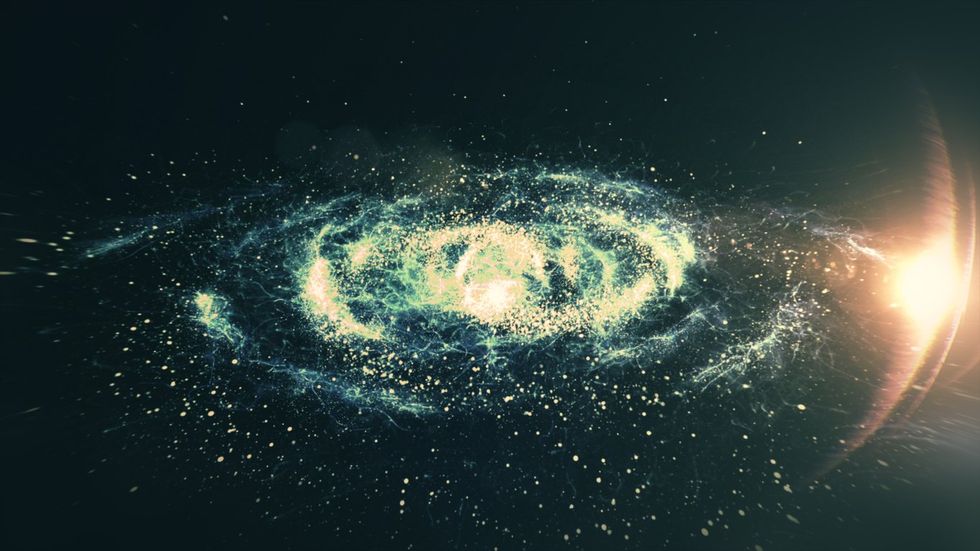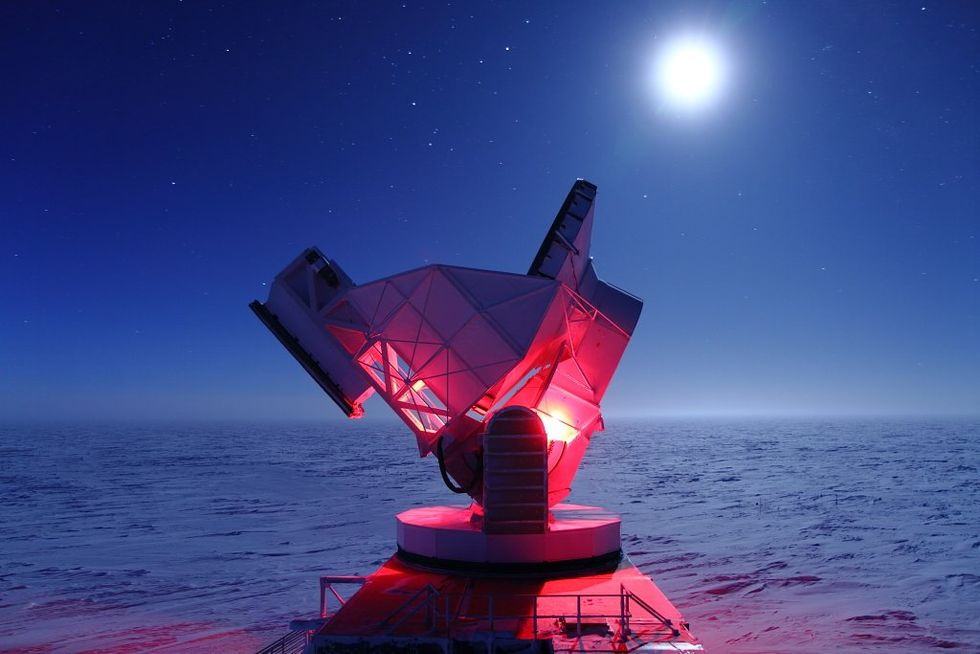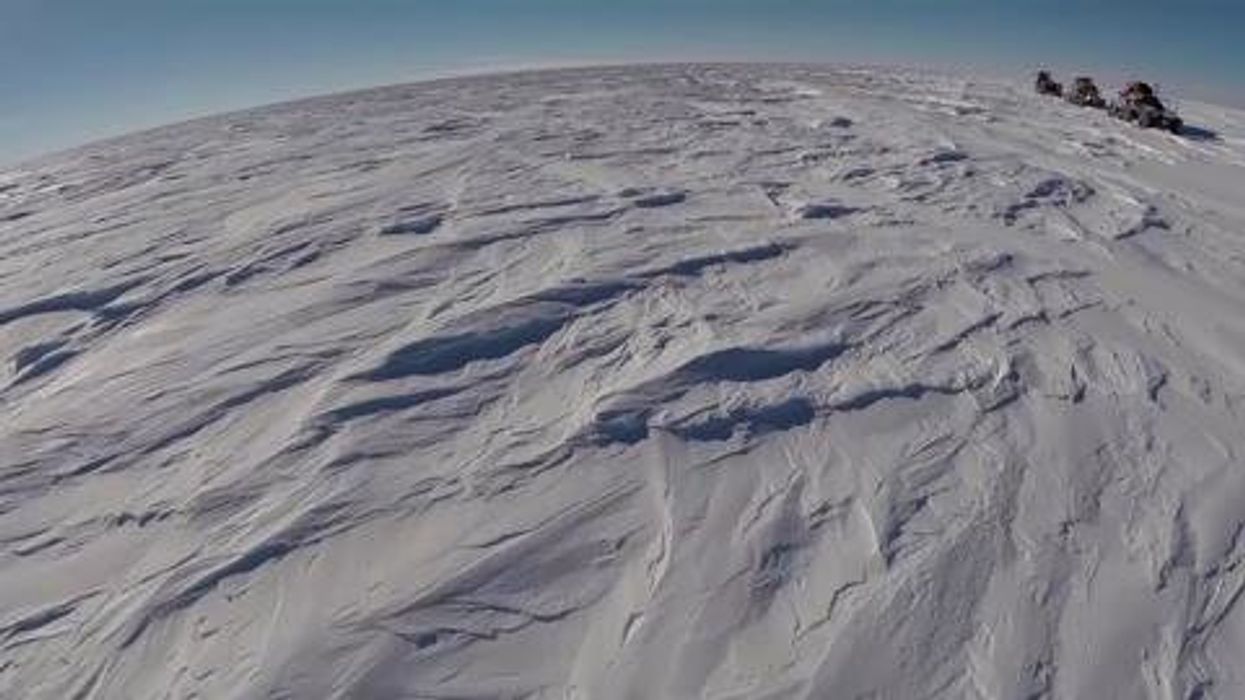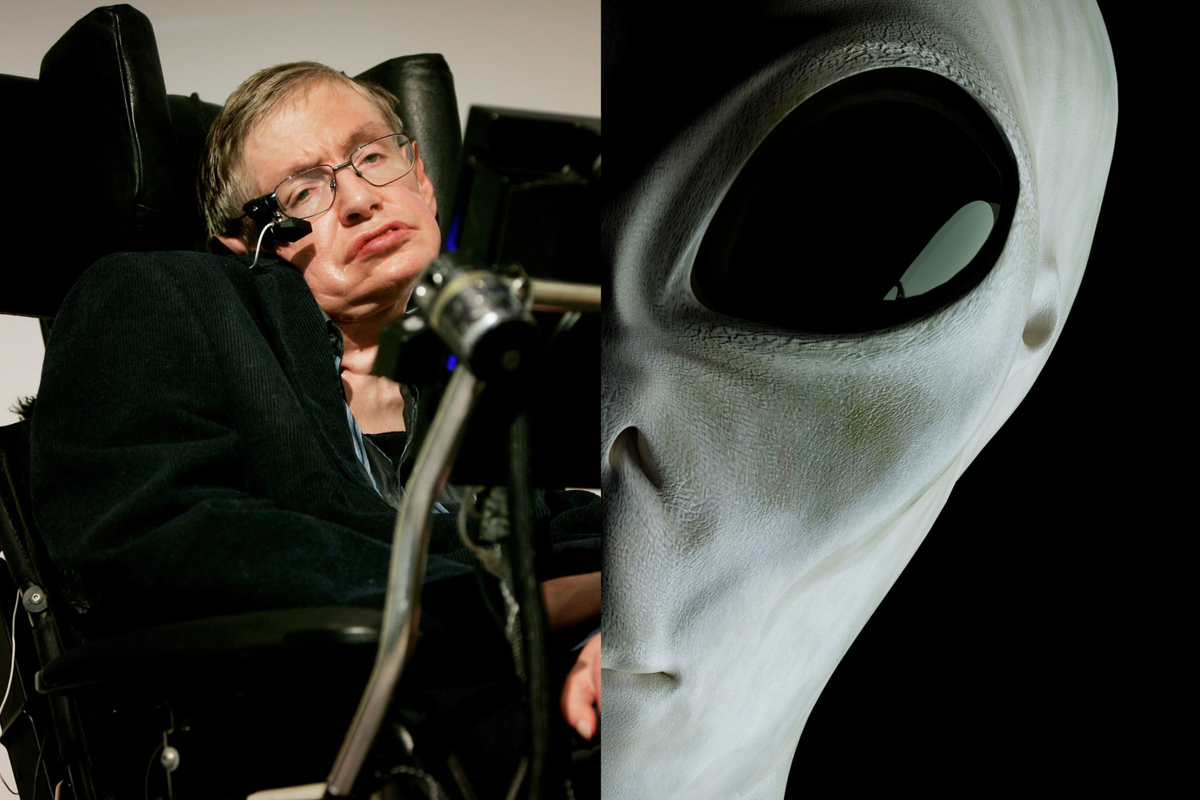Harry Fletcher
Feb 21, 2024
Dutch actress drives a tractor to the South Pole
content.jwplatform.com
Dark matter is one of the most mysterious elements out there in the universe, and the key to discovering and understanding it is reportedly a telescope on the south pole.
Ancient cosmic light that was around at the very beginning of the universe, referred to as Cosmic Microwave Background (CMB), has been picked up by the hugely powerful SPT-3G camera on the South Pole Telescope.
Observing the very earliest elements of the universe, with the CMB marking the first light to travel freely across the cosmos, is pretty cool as it is. But the implications are massive, and it could lead scientists to explore dark matter like never before.
There’s more dark matter in the universe than most of us could ever comprehend, with around 5kg of dark matter for every 1kg of normal matter out there.
It does however interact with gravity, so the only way to observe it is through the concept of gravitational lensing.

This phenomenon involves huge entities which have such strong gravitational pulls that they are capable of bending light. In such a way, light from galaxies otherwise hidden behind other galaxies becomes more observable because of the way entities closer in proximity to Earth bend light.
When it comes to observing dark matter, though, scientists also need a light source as constant across the universe – and that’s where CMB comes in.
The telescope on the south pole is located in the perfect spot to observe CMB thanks to the lack of interference around its remote location.
The exercise has been a painstaking process over the course of five years, and the progress has been tracked in the journal Physical Review D.

Zhaodi Pan is the research lead author and a scientist with Argonne National Laboratory. Pan said in a statement: "The CMB is a treasure map for cosmologists. Its minuscule variations in temperature and polarization provide a unique window into the universe’s infancy."
Pan added: "The more we learn about the distribution of dark matter, the closer we get to understanding its nature and its role in forming the universe that we live in today.”
Amy Bender is research author and a physicist at Argonne. Bender said in the statement: "One of the really exciting parts of this study is that the result comes from what's essentially commissioning data from when we were just beginning observations with the SPT-3G — and the result is already great. We've got five more years of data that we're working on analyzing now, so this just hints at what’s to come."
"Every time we add more data, we find more things that we don’t understand," Bender concluded. "As you peel back layers of this onion, you learn more and more about your instrument and also about your scientific measurement of the sky."
Sign up for our free indy100 weekly newsletter
How to join the indy100's free WhatsApp channel
Have your say in our news democracy. Click the upvote icon at the top of the page to help raise this article through the indy100 rankings
Top 100
The Conversation (0)













